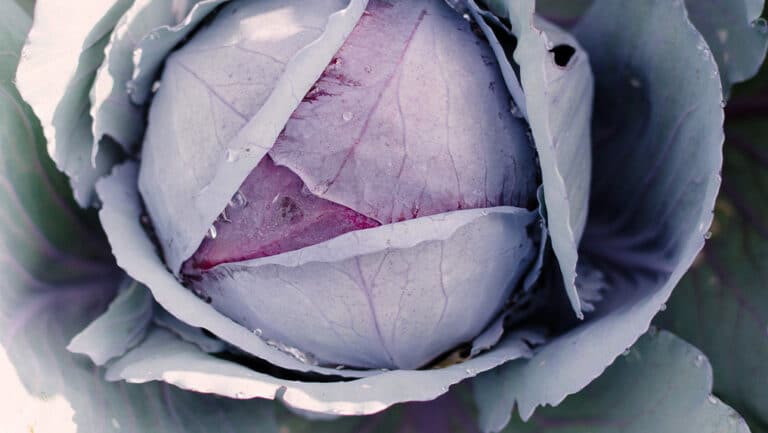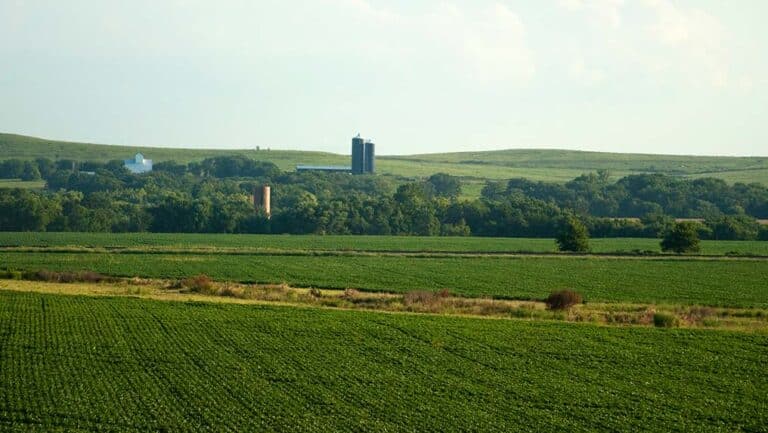Muscadine Grapes in the Sunshine State
Native Southeastern Muscadine Grapes Provide Great Options for Farmers
The state of Florida offers a wide variety of crops and ag commodities, but none might be easier to grow and sustain than muscadine grapes.
Muscadine grapes, sometimes called scuppernongs, are native to Florida and other parts of the southeast. They are one of the few fruits grown in Florida that is considered a sustainable crop. In fact, many cultivars are able to grow and prosper completely pesticide-free. A high degree of tolerance to pests and diseases make these grapes a low maintenance crop.
Popular in northern Florida, muscadine grapes are one of two types that are successfully grown in Florida with hybrid bunch grapes being the other kind. Muscadines, however, differ from the grapes you pick up at the supermarket. Muscadine grapes are thick-skinned, spicy-sweet in flavor, and typically harvested individually rather than in bunches.
Many muscadine grapevine species are commercially available. University of Florida IFAS recognizes over 30 cultivars and recommends different grapevine species based on their characteristics for different uses. Some of the most popular in the state include ‘Carlos’, ‘Polyanna’, ‘Florida Fry’, and ‘Southern Home.’
Planting Your Muscadine Grapes
Muscadine grapes should be planted between December and February and perform well in Florida as they fruit most heavily when planted in a sunny area with well-draining soil, such as loamy sand or sandy loam. A soil pH of 5.5 to 6.6 is recommended and avoid planting them in low-lying areas with poor air circulation and water drainage. This can increase waterlogging and susceptibility to frost injury. Muscadine grapes can also thrive in clay or sandy soils but frequent irrigation is key as they have reduced water-holding capacity.
While muscadines do a great job of naturally fighting off insects and diseases, they are delicious treats for various animals such as raccoons, squirrels, crows, opossums, coyotes, and deer. These animals can devastate muscadine vineyards and it is recommended to plant your grapes as far from woodland areas as possible.
Muscadine Grapes Season
Muscadine grapes season generally begins in late-summer with harvesting season wrapping up in September.
Commercial muscadine growing acreage in Florida is less than 500 acres and they are generally sold at farmers markets, roadside markets, and other direct-to-consumer strategies. Many grape farmers enjoy turning them into jam, jelly, or wine for commercial use.
AgAmerica Lending’s team of experts can help you get the right farm financing that works well for you and your operation. We understand the importance of diversification in running a successful operation and if you’re ready to expand or add another crop, answer a few quick questions and get verified for an agricultural land loan today.






